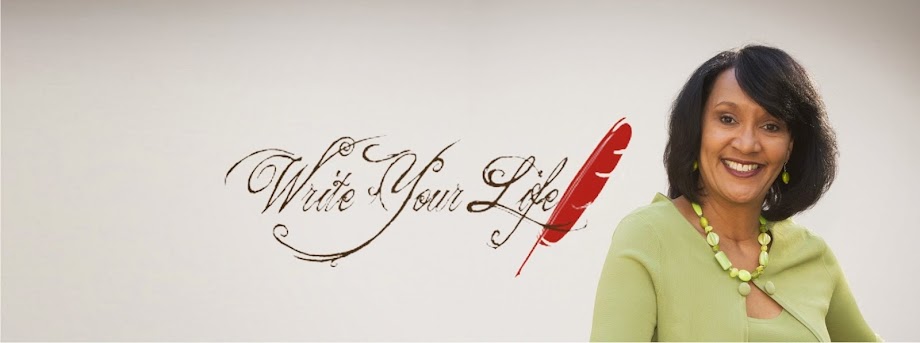Many authors
do all their writing first and think that they can wait to work on plans and
goals later, when the book is ready to be released. But in doing that, they’re
starting out behind.
Here are five
questions to consider before writing and publishing your book.
1. Why are you
writing the book?
Here are some
common reasons to write a book: for fun; to build your business; to enhance
your credibility; because you’re an expert in a certain field; or to leave a
legacy. If making money is your only goal, you risk being disappointed. Half of
all published titles sell less than 250 copies a year. As you write, be sure
that your book will fulfill your “why.”
2. What type
of book are you writing?
Before
starting to write, spend some time clearly defining your book. What is your
vision or concept for the book? What style will it be written in? How will it
be different from, or similar to, other books? Stay focused on your answers to
these questions while writing. You should also research similar books to get an
idea of the physical look and price, as well as what stores or websites sell
these books.
3. Why would
someone read your book?
Do you promise
new information readers can’t get elsewhere? Will you craft a fictional story
with a plot readers won’t be able to stop thinking about? Will you teach
something people never thought they could do? As you write your book, refer to
that “promise” or “hook” and be sure your manuscript delivers.
4. Who are your
ideal readers?
This is a
crucial question to answer before you type the first sentence of your book.
Every decision you make from writing to design to the physical attributes of
the book to how it will be promoted should be aimed at your readers. For example,
if you envision your book being read by women ages 60+ you may not want to use
slang like ROTFL (rolling on the floor laughing). Writing a book for children
who are just learning to read? You’ll want text that is easy to pronounce and
to read aloud. You may want to use a larger size font and limit how much text
appears on each page.
5. How can
your book be marketed to your readers?
Before
writing, consider how you will promote your book to potential readers and get
them to buy it. The genre of your book, the audience you want to target, and
the “hook” that will make people want to read the book are all factors in what
marketing and promotional methods you choose. Writing a book about gardening?
Before you start writing, identify area garden clubs. Talk to them about what
they might be interested in learning from your book. Offer to send them a
galley for their feedback. The key is to start building anticipation before
the book is out. Look for landscaping centers that might be willing to sell
your book and host a book signing. Call the gardening show host on your local
radio station and position yourself as a local expert who has a book coming out
soon. Send the host a copy to review. Start local and then build to national
efforts.
The
possibilities are endless!
______________________________
Angela DeCaires is the Marketing &
Communications Manager for BookLogix Publishing Services. She oversees
Corporate Communications for BookLogix, and also assists BookLogix’s authors in
the publishing process. Angela’s background includes experience in public
relations, writing, broadcasting and journalism, having held positions in
public relations and working for a number of years as a news writer/TV news
producer.
Facebook: https://www.facebook.com/booklogix
Twitter: https://twitter.com/booklogix





